HAWTHORN star Tom Mitchell is set to become the sixth player in history – and the first in 42 years – to win a Brownlow Medal but not play League football the next year.
WINGS CLIPPED What does Mitchell's injury mean for AFL Fantasy coaches?
Courtesy of a season-ending broken leg, the Hawthorn star appears certain to join a distinguished group of 'Brownlow and out' greats.
Injuries account for only two of their absences the season following their medal win. Here are their stories, which include clearance disputes, homesickness and the time-honoured lure of a better financial deal.
Colin Watson (St Kilda) – 1925 Brownlow medallist
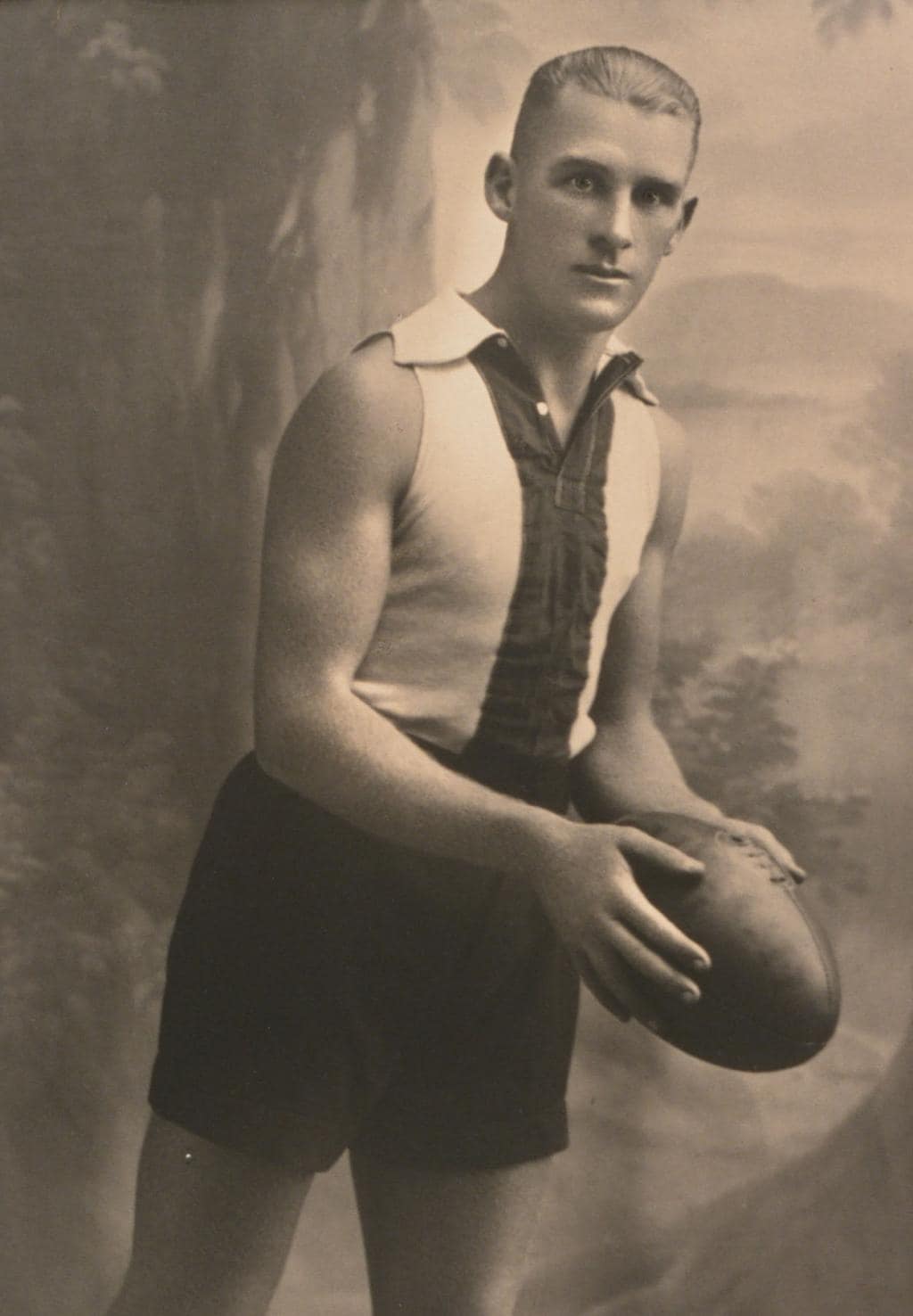
Colin Watson never shook his yearning for country life.
Recruited from South Warrnambool in south-west Victoria, the star playmaker made 93 appearances for St Kilda in seven sporadic seasons spread over 16 years (1920-35), trading the big smoke for a rural setting on three occasions in this period.
The second and most notable of these city-to-country relocations came after the brilliant midfielder and half-back flanker won the second ever Brownlow Medal in 1925, just before his 25th birthday.
That season Watson missed two games after suffering a broken jaw in a state game but still won the medal comfortably after being adjudged best-afield in nine of his 15 games.
Within days word spread that the St Kilda gun wanted out. With full-time employment hard to find in Melbourne, Watson looked further afield and accepted the job as captain-coach at Stawell, in Victoria's high country. However, St Kilda refused to release him, and League rules decreed Watson would have to stand out of football for three years to qualify for a clearance.
After missing one season he led Ballarat league club Maryborough to a premiership – without a clearance – with both club and league ignoring the VFL's edict.
After another stint back home with South Warrnambool, Watson returned to St Kilda in 1933, at 32, and the following year served as captain-coach and again made the Victorian team.
Des Fothergill (Collingwood) – 1940 Brownlow medallist

Magpie marvel Des Fothergill achieved what no other player has, winning a Brownlow Medal and three club best and fairests by the age of just 20.
Then the Collingwood-bred prodigy turned his back on both the club and League football.
The genius rover/forward debuted with the Magpies at just 16 in 1937 and won his first best and fairest that year in a team that finished runner-up, repeating the effort the next season after averaging 25 kicks and five goals across three finals.
In 1940 Fothergill shared the Brownlow with South Melbourne centreman Herbie Matthews after receiving 32 votes, a record for 71 years until broken in 2011 by Magpie Dane Swan.
With League player payments severely restricted by the Coulter Law and significantly more money for the taking in other competitions, Fothergill accepted a godfather offer from VFA club Williamstown, joining former Magpie teammate Ron Todd, who had shocked the football world in similar circumstances a year earlier.
In his first season with Williamstown, Fothergill won the Recorder Cup – the VFA's highest individual award.
He returned to Collingwood in 1945 and starred for another three seasons before retiring at 26, after which he focused on his cricket career, which also included state representation.
Brian Gleeson (St Kilda) – 1957 Brownlow medallist
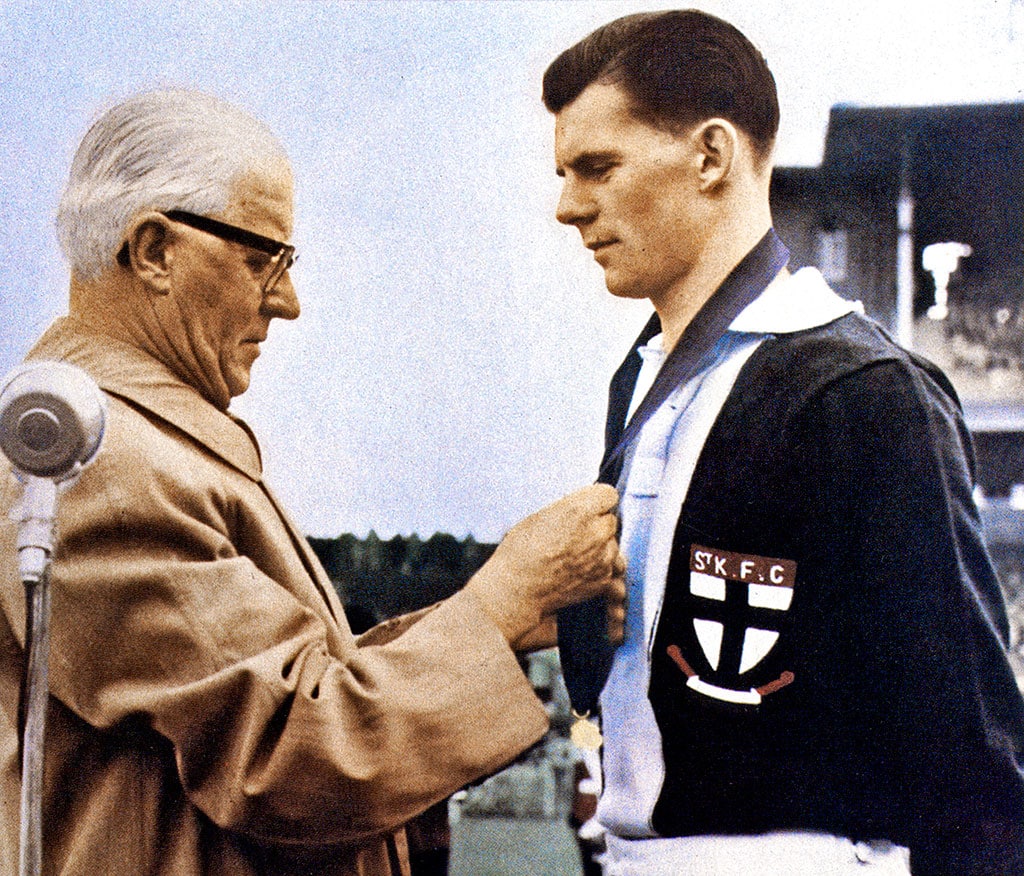
St Kilda ruckman Brian Gleeson went from elation to devastation almost overnight.
The athletic big man won the 1957 Brownlow Medal but never played League football again.
Just three weeks after being rewarded with the Saints' captaincy for 1958, Gleeson suffered a career-ending knee injury early in the first practice match and was forced into retirement at just 23.
His replacement as captain, Neil Roberts, won the Brownlow that year.
KNOW YOUR MEDALLISTS? Find every Brownlow winner
Graham Moss (Essendon) – 1976 Brownlow medallist
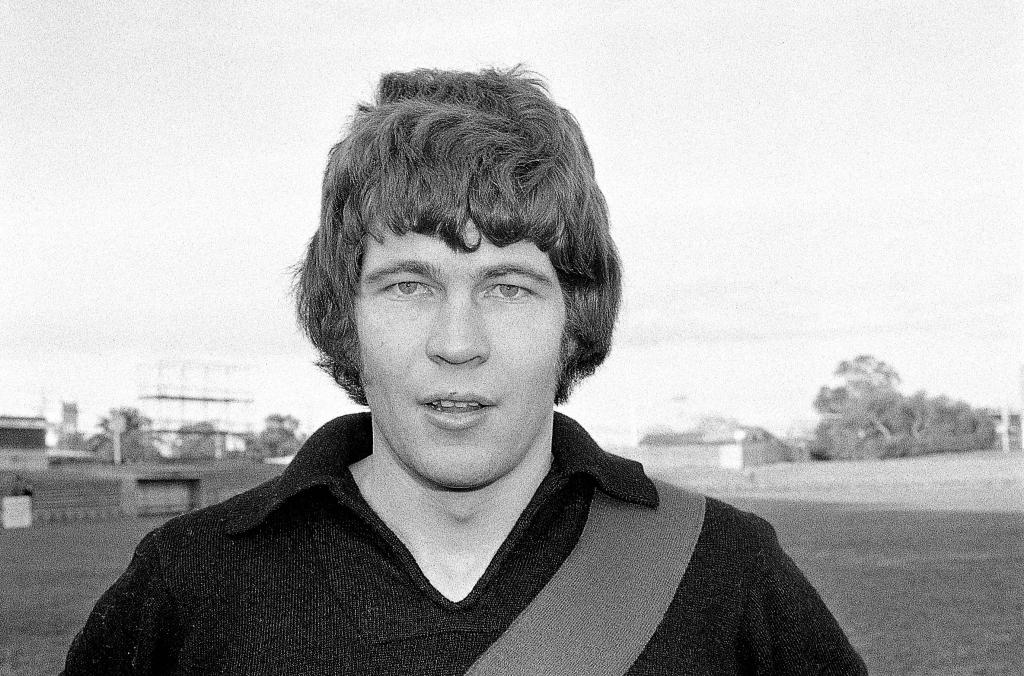
Graham Moss was the Essendon captain and the reigning Brownlow medallist when he quit League football at the end of 1976.
A terrific all-round ruckman who averaged an impressive 23 disposals, nine marks and a goal a game in his Brownlow year, Moss had enjoyed a superb four-year stint at Bomberland in which he also claimed three club best and fairests and finished second and equal-third in the Brownlow.
But the 26-year-old West Australian wasn't convinced about the Dons' future and was lured back to his old WAFL club Claremont as captain-coach. He led Claremont to the 1981 premiership and follow-up grand final appearances in 1982-83.
Bob Skilton (South Melbourne) – 1959, 1963 and 1968 Brownlow medallist
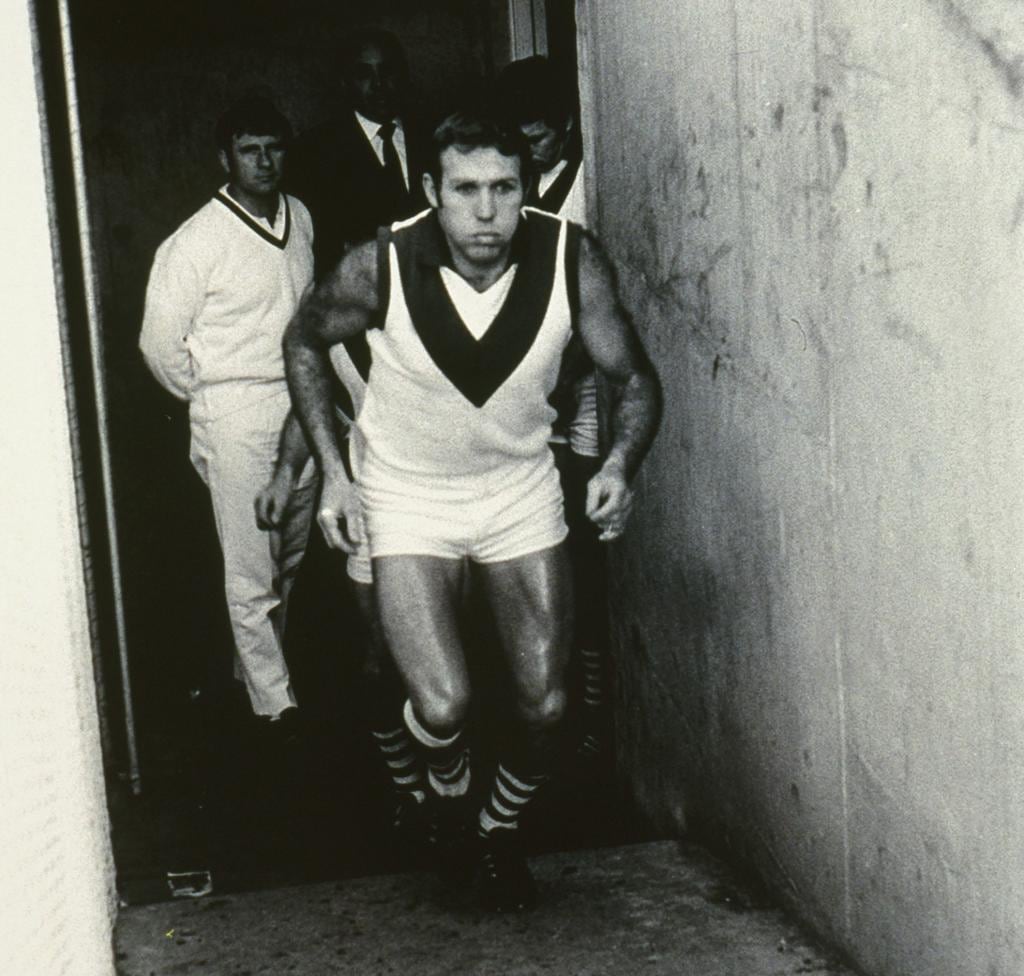
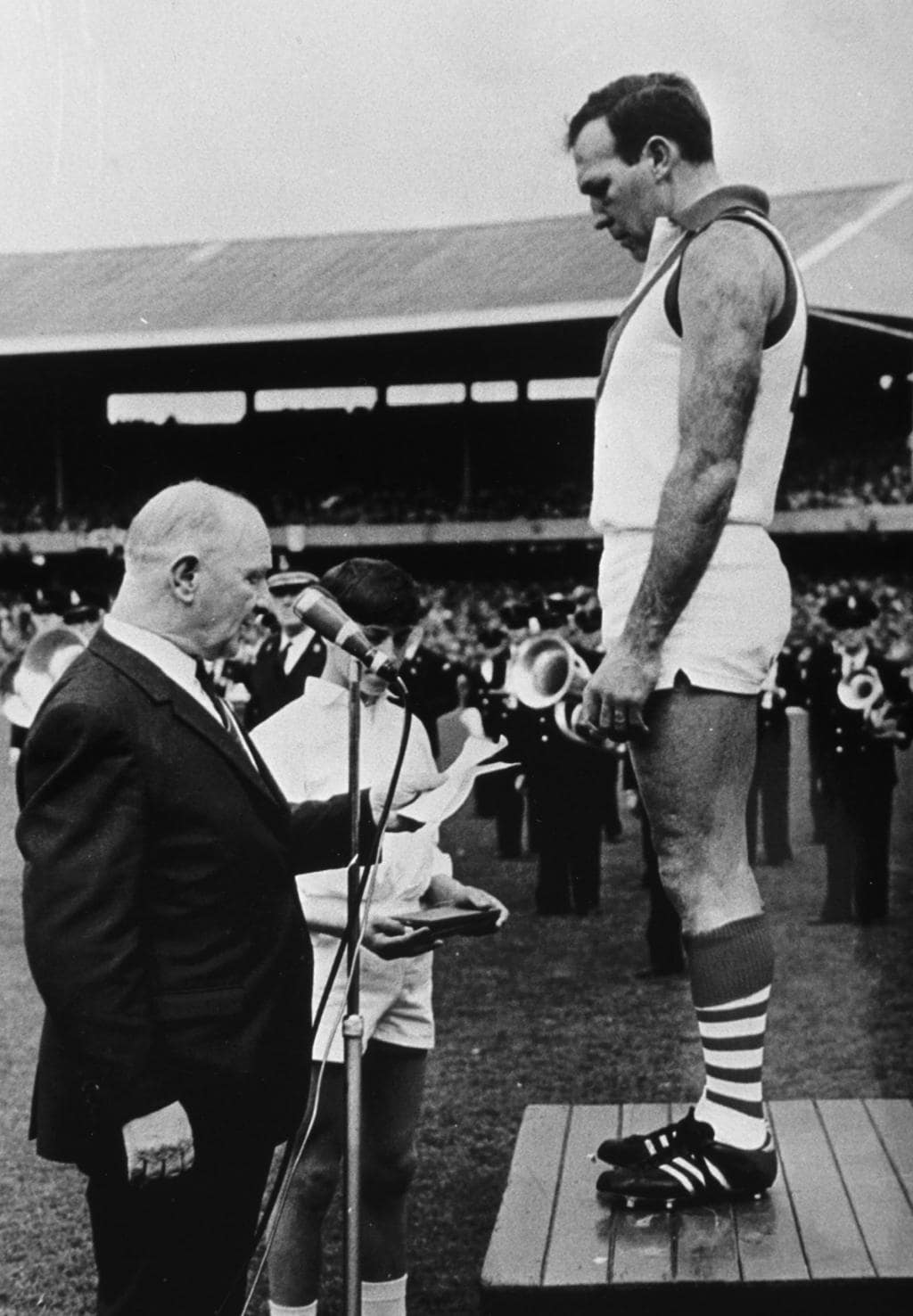
In 1968 Bob Skilton became just the third player to win three Brownlow Medals, joining fellow roving legends in Fitzroy's Haydn Bunton and Essendon's Dick Reynolds.
The biggest challenge of Skilton's illustrious career arrived the next pre-season when he sustained an Achilles tendon rupture in a practice match against Port Adelaide at Alberton Oval.
It was a devastating blow for the Swans' greatest player, who had been excited by the prospect of playing under master coach Norm Smith, the six-time Melbourne premiership coach.
Skilton piled on 20kg while immobile and doubted he'd play again but, to his lasting relief, managed to return in 1970 to make his first and only finals appearance.
AFTER TOM Did the Hawks delist their ideal Mitchell replacement?



